Starting seeds in coco coir?
hydroangel
15 years ago
Related Stories

FARM YOUR YARD6 Things to Know Before You Start Growing Your Own Food
It takes time and practice, but growing edibles in the suburbs or city is possible with smart prep and patience
Full Story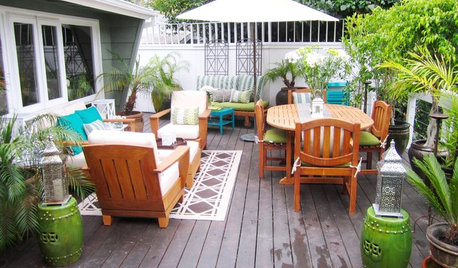
GARDENING AND LANDSCAPINGHouzz Tours: 5-Day Outdoor Makeover
Front-Yard Outdoor Room Goes from Beige to Brilliant
Full Story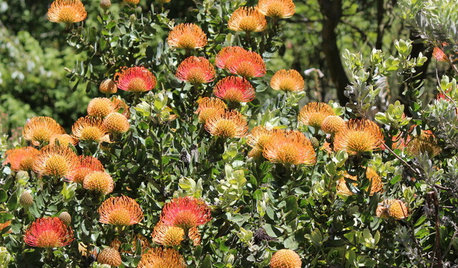
GARDENING GUIDESKeep Your Cool in the Garden — Here’s What to Do in August
Don’t let summer’s heat go to your head. These U.S. gardening guides will help you make sensible choices for all of your plantings
Full Story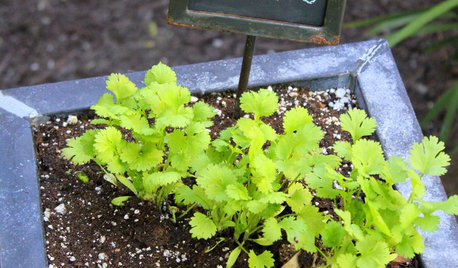
GARDENING GUIDESHerb Garden Essentials: Versatile Cilantro Adds Flavor to Herb Gardens
Love it or hate it, this cool-season herb contributes its unique flavor to any number or the world’s cuisines
Full Story
FARM YOUR YARDHow to Grow Vegetables in Containers
Get glorious vegetables and fruits on your patio with a pro’s guidance — including his personal recipe for potting mix
Full Story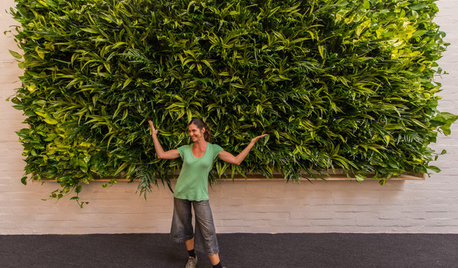
HOUSEPLANTSHow to Add a Living Wall
Learn how to choose systems and plants, and what it will cost to bring a bit of the outdoors in or green up a garden wall
Full Story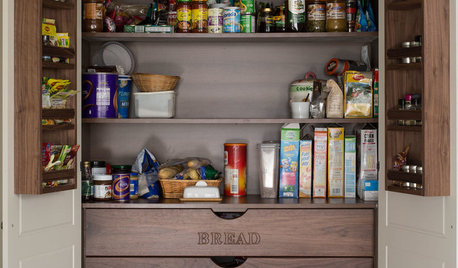
MOST POPULARThe Most Popular Kitchen Storage Ideas of 2014
Of all the kitchen storage photos uploaded to Houzz this year, these 14 were tops. Which will you save to your kitchen ideabook?
Full Story
LIFEHow to Outsmart Backyard Critters
Learn to think like a raccoon, skunk or squirrel to keep your home safe and your garden intact
Full Story
PETSDealing With Pet Messes: An Animal Lover's Story
Cat and dog hair, tracked-in mud, scratched floors ... see how one pet guardian learned to cope and to focus on the love
Full Story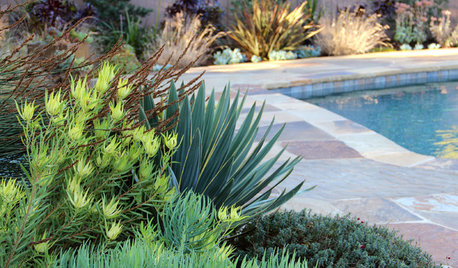
PLANTING IDEAS7 Stunning Plant Combinations for Low-Water Gardens
Find inspiration in these beautiful drought-tolerant companion plantings
Full Story





corrumpu
freemangreens
Related Professionals
Forest Acres Landscape Architects & Landscape Designers · Roxbury Crossing Landscape Architects & Landscape Designers · Middletown Landscape Contractors · Peabody Landscape Contractors · Williamsburg Landscape Contractors · Belmont Landscape Contractors · Cupertino Landscape Contractors · Dallas Landscape Contractors · Fridley Landscape Contractors · Leicester Landscape Contractors · Plantation Landscape Contractors · Sugar Hill Landscape Contractors · Whittier Landscape Contractors · Baileys Crossroads Landscape Contractors · Clearfield Landscape Contractorsgringojay
danielfp
joe.jr317
botsmaker
danielfp
neetanehra_yahoo_com